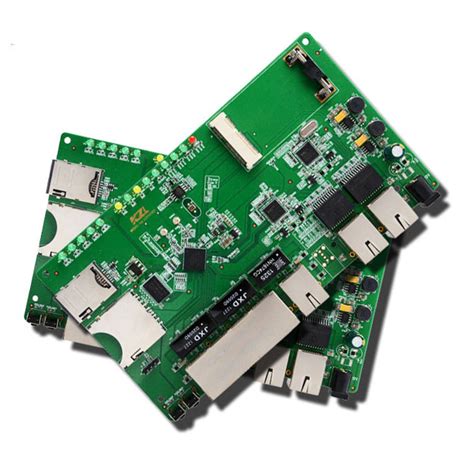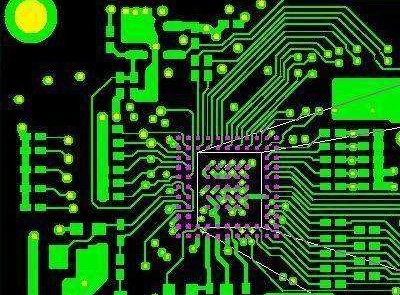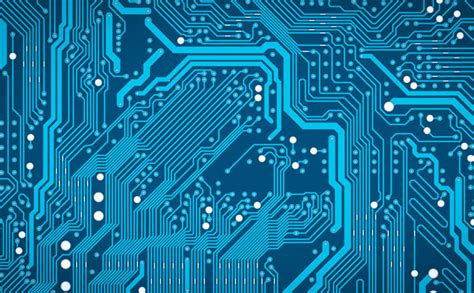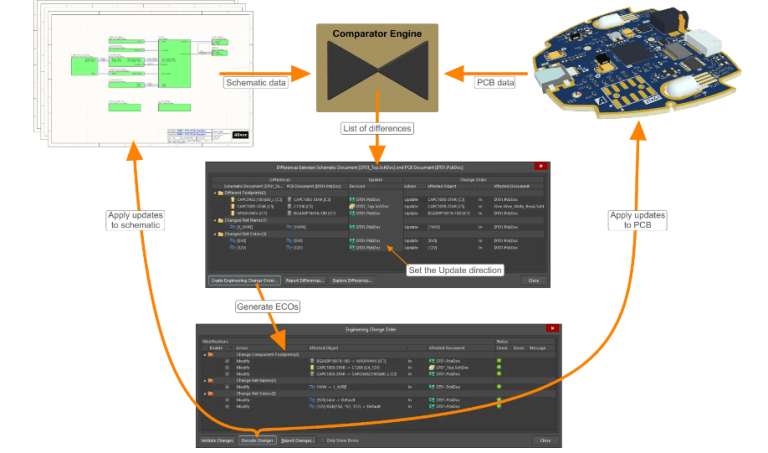Beyond Basics: The Advancements in Assembled Printed Circuit Boards
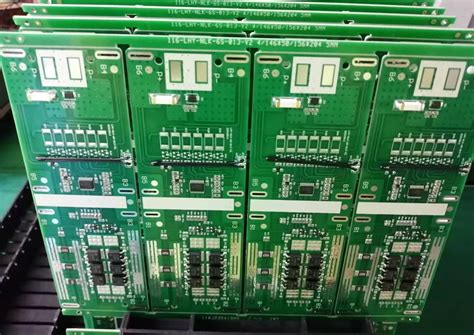
Key Takeaways
The landscape of pcb assembly is evolving, driven by continuous innovations that heighten both performance and efficiency. One of the most critical advancements is the development of new materials that enhance the printed circuit board (PCB) capabilities. Flexible substrates, high-frequency laminates, and low-loss dielectrics are being integrated into pcba processes to meet the demands of increasingly complex electronic designs. These material innovations not only improve signal integrity but also enable miniaturization, allowing for more compact device designs.
Moreover, advanced manufacturing techniques have played a significant role in transforming circuit board assembly. Automation in the soldering process and precision pick-and-place systems have improved production rates while minimizing errors. As a result, manufacturers can achieve higher yields and lower costs, which is crucial in a competitive market.
Another key takeaway is the shifting design trends that emphasize not just functionality but also aesthetics. The integration of user-friendly interfaces and ergonomic layouts are becoming more common as designers seek to enhance user experience. Additionally, sustainability has taken center stage in conversations about assembled printed circuit boards, with companies striving to implement eco-friendly materials and processes that reduce waste and promote recyclability.
Collectively, these advancements are shaping a future where pcba plays an integral role across various applications—from consumer electronics to industrial machinery—ensuring that businesses remain agile in an ever-changing technological landscape.
| Key Area | Advancement |
|---|---|
| Material Innovations | Introduction of flexible substrates |
| Manufacturing Techniques | Enhanced automation in soldering processes |
| Design Trends | Focus on usability and ergonomic designs |
| Sustainability | Adoption of eco-friendly materials |
This combination of innovations indicates a promising trajectory for the industry as it continues to adapt to meet modern electronic demands effectively.

Exploring Material Innovations in Assembled Printed Circuit Boards
As the demand for advanced electronics continues to grow, the exploration of material innovations in assembled printed circuit boards (PCBs) has become increasingly significant. The shift towards lightweight, high-performance materials is redefining the landscape of pcb assembly. For instance, the integration of new dielectric substrates enhances signal integrity while reducing weight and volume, which is crucial for modern miniaturized devices. Additionally, advancements in conductive inks and polymers have led to improvements in flexible PCBs, allowing manufacturers to create more versatile and adaptable designs. These innovations not only improve the overall efficiency of the PCBA process but also expand applications across various industries including consumer electronics, telecommunications, and automotive production. By prioritizing materials that promote thermal management, manufacturers are able to produce boards that withstand higher temperatures without compromising performance. This focus on material science not only supports known applications but also invites exploration into novel designs that were previously unattainable, heralding a new era for assembled printed circuit boards.
Advanced Manufacturing Techniques Transforming Circuit Board Assembly
The landscape of pcb assembly has undergone a significant transformation due to advanced manufacturing techniques that are redefining the way assembled printed circuit boards (pcba) are produced. Cutting-edge methodologies such as additive manufacturing, automated assembly systems, and laser picking are enhancing precision and speed in the production process. These innovations not only reduce production time but also enable a higher degree of customization in pcba designs, catering to the diverse needs of modern electronics. Furthermore, the integration of smart technologies such as the Internet of Things (IoT) helps monitor assembly processes in real time, ensuring quality control while minimizing waste. The use of robotic automation is streamlining operations by performing repetitive tasks with accurate consistency, thus increasing overall efficiency. As manufacturers adopt these revolutionary techniques, they are better positioned to meet the demands for complex circuits found in various applications—from consumer electronics to critical industrial equipment—ultimately driving innovation within the field of assembled printed circuit boards.
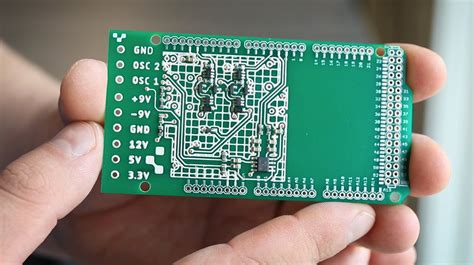
Design Trends Driving the Evolution of Assembled Printed Circuit Boards
In an era where electronics continue to pervade daily life, the evolution of assembled printed circuit boards (PCBs) remains integral to innovation. Current design trends focus on compactness while enhancing functionality, often leading to the emergence of smaller, more efficient pcb assembly methods. The shift toward multi-layer boards allows designers to maximize space without sacrificing performance, leading to denser circuit layouts that can support a wider array of components.
Furthermore, the incorporation of flexible and rigid-flex designs signifies a move toward versatility in applications ranging from consumer electronics to automotive systems. This flexibility not only caters to diverse form factors but also addresses challenges in assembly where space constraints are a concern. By embracing advanced simulation software and 3D modeling, designers ensure that each element of the pcba is optimized for thermal management and signal integrity, paving the way for greater operational efficiency.
"Investing in intelligent design tools can significantly enhance the quality and reliability of assembled printed circuit boards," notes a leading industry expert. As these design trends take root, they position assembled printed circuit boards at the forefront of technological advancement, influencing everything from wearable tech to sophisticated industrial systems—underscoring their role as vital components in today’s electronic landscape.
In summary, as design trends evolve with an emphasis on efficiency and performance, the adaptability and sophistication required in pcb assembly processes set a solid foundation for future advancements in "printed circuit board" technology.
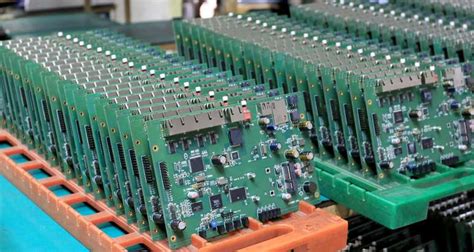
Enhancing Performance: The Future of Circuit Board Applications
As we delve into the future of pcb assembly, it becomes evident that the integration of innovative technologies significantly boosts the performance of assembled printed circuit boards (PCBA). The relentless pursuit of efficiency and reliability drives manufacturers to explore advanced materials that not only improve the durability of these components but also enhance their functionality. For instance, recent advancements in conductive inks and substrates lead to lighter and more compact designs while maintaining high conductivity levels. Furthermore, the emergence of smart technologies in PCBA opens up new realms for real-time monitoring and diagnostics, allowing for precise adjustments that optimize performance during operation. This synergy between intelligent design and advanced materials fortifies various applications across industries, paving the way for more sophisticated electronic devices. As we harness these breakthroughs, it becomes increasingly apparent that the future landscape of assembled printed circuit boards will be marked by unparalleled versatility and efficiency, propelling technology into exciting new territories.
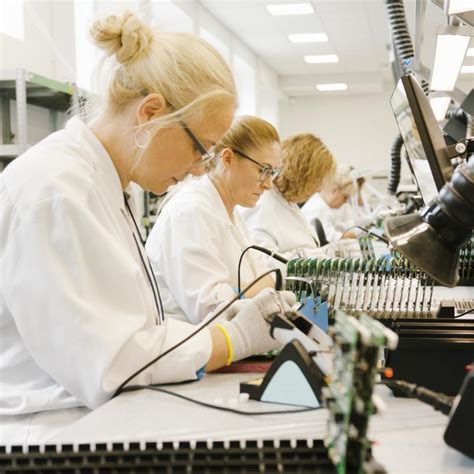
Sustainability in Assembled Printed Circuit Boards: Eco-Friendly Approaches
As the electronics industry evolves, sustainability in pcb assembly processes has emerged as a significant focus, prompting innovations that prioritize environmental responsibility. New materials are being developed that not only enhance performance but also mitigate the ecological impact of traditional manufacturing. For instance, the adoption of biodegradable substrates and lead-free soldering techniques in pcba production contributes to a reduction in harmful waste and pollutants. Furthermore, manufacturing processes are increasingly integrating recyclable components, which significantly decrease the carbon footprint associated with end-of-life products. The shift towards closed-loop systems within pcb assembly allows for the reusing of materials, thereby promoting a more sustainable lifecycle for circuit boards. As advancements continue, these eco-friendly approaches not only meet growing consumer demand for greener products but also align with global goals to minimize environmental degradation, solidifying the future of assembled printed circuit boards as both innovative and responsible.
Real-World Impacts: How Advancements in PCB Technology Benefit Industries
The advancements in pcb assembly and pcba technology have notably transformed various industries, leading to increased efficiency and enhanced product reliability. In the automotive sector, for instance, the integration of sophisticated printed circuit boards has enabled the development of smarter vehicles with improved safety features and navigational systems. Additionally, in consumer electronics, the miniaturization of assembled printed circuit boards has allowed manufacturers to create more compact devices without sacrificing performance. This is particularly evident in smartphones and tablets, where consumer demand for high-performance electronics continues to rise. The healthcare industry also benefits greatly; innovative pcb assembly techniques facilitate the production of advanced medical devices with higher accuracy and quicker response times. Furthermore, sectors like telecommunications leverage pcba innovations to enhance signal processing capabilities, ensuring uninterrupted service delivery. As these technologies advance, the ripple effect is felt across a myriad of industries, solidifying the role of assembled printed circuit boards as a foundational element in modern technological ecosystems.

The Role of Automation in Streamlining PCB Assembly Processes
The integration of automation in the pcb assembly process has profoundly transformed the landscape of printed circuit board assemblies (PCBA). By adopting advanced technologies such as robotic assembly and automated inspection systems, manufacturers can significantly enhance precision and efficiency. Automation reduces human error, ensuring that each component is placed accurately, which is crucial for the performance and reliability of the final product. Furthermore, automated systems facilitate faster production rates, enabling companies to meet increasing market demands without compromising quality. The flexibility provided by these automated solutions also allows for rapid adjustments to assembly lines, accommodating various designs and sizes of assembled printed circuit boards with minimal downtime. As we move forward, the role of automation will only grow stronger in facilitating streamlined processes and optimizing resource management within the electronics industry, thus playing a pivotal role in shaping the future of pcba technology. This shift not only enhances operational efficiency but also enables manufacturers to focus on innovation and customization tailored to specific client needs.
Emerging Challenges in Assembled Printed Circuit Board Technology
As the demand for assembled printed circuit boards (PCBs) continues to grow, so too do the challenges facing the industry. One significant issue is the increasing complexity of design and manufacturing processes. With innovations pushing the limits of what is possible, PCBA designers must navigate intricate layouts and multilayer constructions while ensuring reliability and performance. Another challenge is the escalation of component miniaturization, which places heightened emphasis on precise assembly techniques. This not only increases production costs but also demands advancements in technology to meet tighter specifications and reduce potential errors during assembly. Additionally, environmental regulations are evolving, compelling manufacturers to adopt more sustainable practices in their PCB assembly processes to minimize waste and energy consumption. The integration of automation provides a pathway to address some of these challenges, yet it also brings its own set of obstacles related to workforce adaptation and investment costs. Navigating these complexities will be crucial for the advancement of PCB assembly technologies, ensuring that manufacturers can continue to innovate while maintaining efficiency and quality in their operations.
Conclusion
In summary, the advancements in assembled printed circuit boards (PCBs) signify a transformative phase for electronics manufacturing, underpinned by continuous innovations in pcb assembly processes. These developments not only focus on the efficiency of design and manufacturing methodologies but also emphasize the adaptability of pcba technologies to various applications. For instance, the integration of sustainable materials and modern design philosophies helps produce boards that are lighter and more efficient, ultimately leading to enhanced performance across diverse sectors. Additionally, as industries evolve, the need for streamlined pcb assembly procedures becomes paramount to meet rising demands for speed and precision. As we look ahead, these ongoing advancements in assembled printed circuit boards will undoubtedly shape a more efficient future for numerous technological applications, ensuring that industries remain competitive and aligned with emerging trends.
FAQs
What is PCB assembly?
PCB assembly, commonly referred to as PCBA, is the process of connecting electronic components to a printed circuit board to create a functional electronic device. This involves soldering components onto the board, ensuring that all connections are reliable and meet quality standards.
What are the latest advancements in PCB assembly technology?
Recent developments in pcb assembly include improved automation techniques, which enhance efficiency and reduce labor costs. Innovations in materials used for printed circuit boards have also contributed to better performance, reliability, and durability of electronic devices.
How do advanced manufacturing techniques impact PCBA?
Advanced manufacturing techniques streamline the pcb assembly process by reducing cycle times and minimizing errors. Technologies such as machine vision systems for inspection and automated soldering solutions ensure that each board is produced with high precision.
Are there specific design trends influencing assembled printed circuit boards?
Yes, current design trends focus on miniaturization, increased functionality, and thermal management. These trends drive innovation in PCBA, allowing for more complex circuits within smaller form factors.
What role does sustainability play in PCB assembly?
Sustainability in pcb assembly is becoming increasingly important, with manufacturers adopting eco-friendly materials and practices. This includes using lead-free solder and designing boards that can be easily recycled or repurposed to reduce waste.



